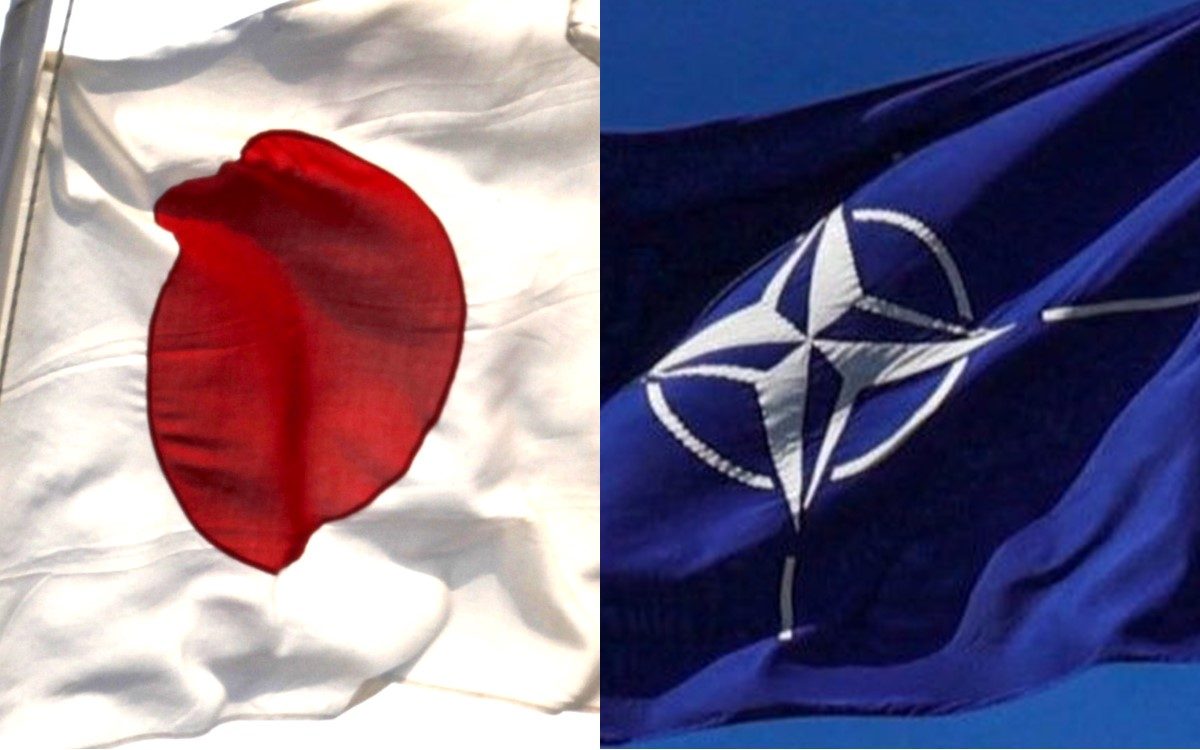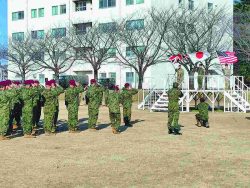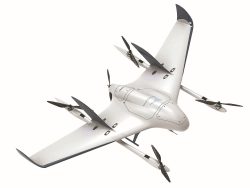Source: China’s Airspace Violations Meant to ‘Gauge Japan’s Reaction’; Chinese Military Possibly Looking at LDP Chief Candidates

From left, Japanese national flag, NATO flag
20:00 JST, August 27, 2024
BEIJING/HANOI — China has strongly opposed Japan’s recent moves to strengthen security cooperation with the North Atlantic Treaty Organization (NATO), and the view has emerged that intimidation was the aim of recent violations of Japanese airspace by Chinese Y-9 reconnaissance planes. Activities by the Chinese military have also been conspicuously marked by a hardline posture toward countries other than Japan.
A person linked to the Chinese Communist Party noted Monday that Japan has been actively conducting joint training exercises with the naval and air forces of NATO member countries since July; they also expressed the view that the latest airspace violation was intended to “gauge Japan’s reaction.” The person said the incident was also meant to be “retaliation” for the entry of an MSDF destroyer into Chinese territorial waters off Zhejiang Province in July.
The Japan-related topic currently drawing the most attention in China is the Liberal Democratic Party presidential election to be held in September. The Chinese media includes daily reporting on candidate announcements and speculation on who else might run. The airspace violations may be intended to probe what each candidate, including whoever will be the next leader, says and does in response.
Provocative actions by Chinese warplanes have also been directed against the United States. In late July, Chinese and Russian bombers conducted a “joint strategic aerial patrol” in the air defense identification zone (ADIZ) of Alaska for the first time. This was in response to the long-standing tensions between China and the United States over Taiwan and other issues. Hit hard by a continuing economic slump, Beijing has indicated that it intends to stabilize diplomatic relations with Tokyo and Washington, but this does not necessarily mean that the military is in step with the government.
China’s moves are more overt in the South China Sea, where it has territorial disputes with countries such as the Philippines. This month, China’s Air Force fired flares from close range at a Philippine aircraft flying near Scarborough Shoal, also known as Huangyan Island in China, prompting a protest from the Philippines. In the South China Sea, Chinese and Philippine government ships collided on Aug. 19 and 25.
"Politics" POPULAR ARTICLE
-

Japanese Language Requirement Eyed for Permanent Residency Status; LDP Plans Revisions of Laws on Foreigners
-
-250x167.jpg)
Japan Eyes Plan to Accept Up To 1.23 Mil. Foreign Workers by End of Fiscal 2028
-

AI-Driven ‘Zero Clicks’ Phenomenon Threatens Democracy; News Outlets Must Be Able to Recover Costs, Stay Independent
-

Japanese Public, Private Sectors to Partner on ¥3 Tril. Project to Develop Domestic AI, SoftBank to Be Key Firm Involved
-

Japan’s Defense Ministry to Extend Reemployment Support for SDF Personnel to Age 65; Move Comes Amid Ongoing Labor Shortage
JN ACCESS RANKING
-

As Chinese Tourists Shun Japan, Hotels and Stores Suffer
-

BOJ Gov. Ueda: Highly Likely Mechanism for Rising Wages, Prices Will Be Maintained
-

Core Inflation in Tokyo Slows in December but Stays above BOJ Target
-

Osaka-Kansai Expo’s Economic Impact Estimated at ¥3.6 Trillion, Takes Actual Visitor Numbers into Account
-

Japan Govt Adopts Measures to Curb Mega Solar Power Plant Projects Amid Environmental Concerns

























